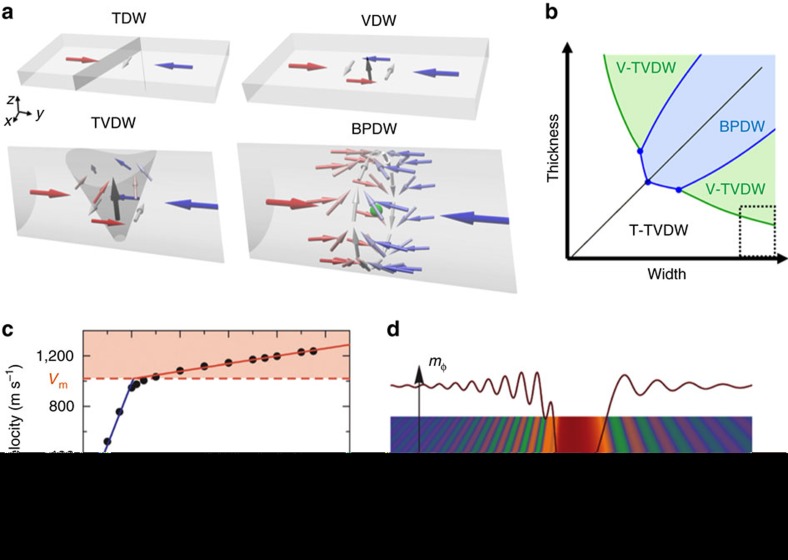Figure 2. New physical effects for DWs in 3D NWs and NTs.
(a) Types of DWs in nanostrips (transverse: TDW and vortex: VDW) and in 3D NWs (transverse-vortex: TVDW and Bloch-point: BPDW). The shaded areas represent the wall shape for the TDW and TVDW. BPDW: the green sphere represents a Bloch point. (b) Thickness-versus-width energy schematic phase diagram for DWs in NWs. These dimensions are relative to the dipolar exchange length in wires made of soft magnetic materials. In the white and green regions, TVDWs are typically observed, whereas in the blue area, BPDWs are energetically favourable. The region marked by dashed line represents the typical area referring to nanostrips, with widths much larger than thickness, where either TDW or VDW are observed. (c) Velocity of a DW with axial vortex configuration propagating in a NT as a function of external magnetic fields. Very high speeds are reached without experiencing a Walker breakdown. Two regimes with different mobilities are observed: the usual motion, described as Walker, and Magnonic (red region), above a critical velocity vm. The kink at the transition shows the change of mobility (effective mass) of the wall. (d) Snapshot of a simulation in the Magnonic regime, showing strong spin wave emission during DW propagation. The figure shows the azimuthal component of the magnetization (mϕ) in an unrolled NT, for an easier visualization. Panels (c) and (d) are reproduced from ref. 36 with the permission of AIP Publishing.

